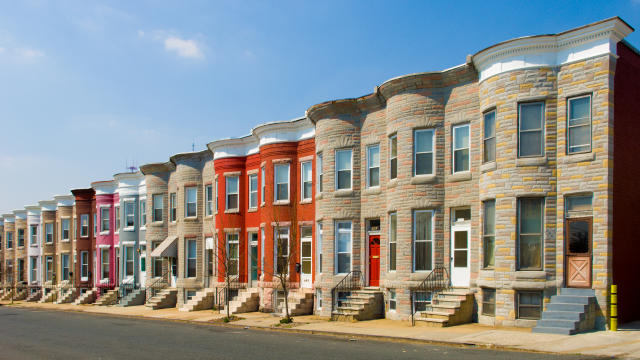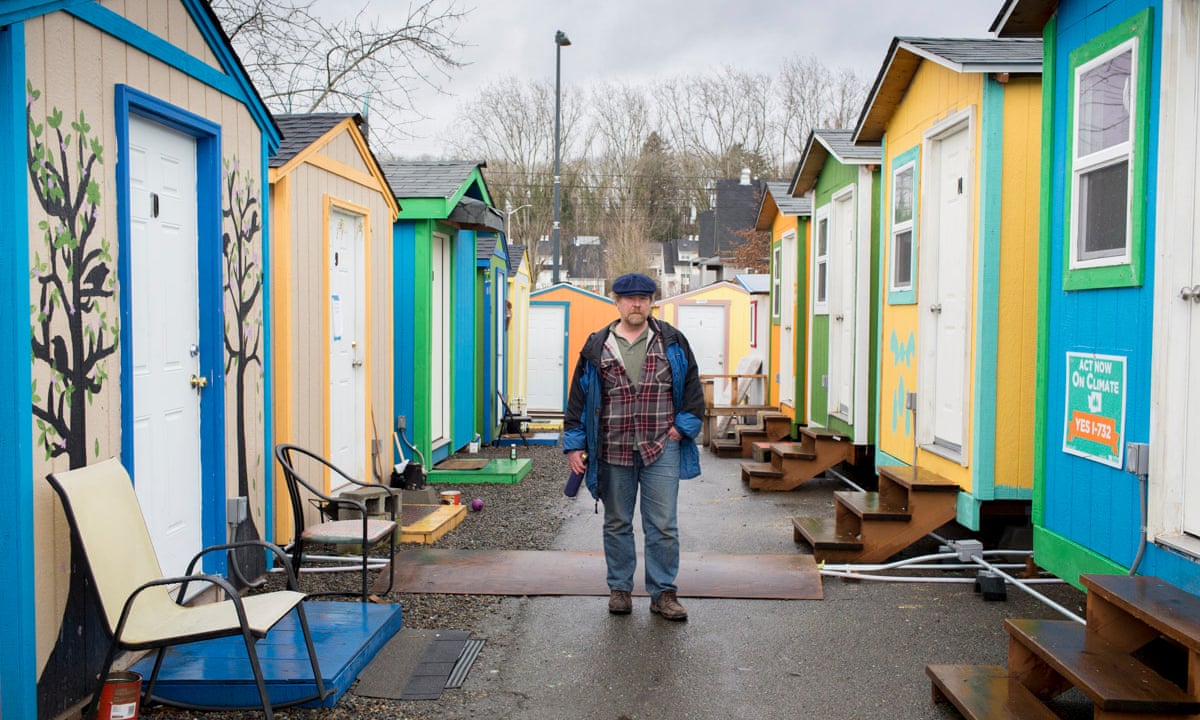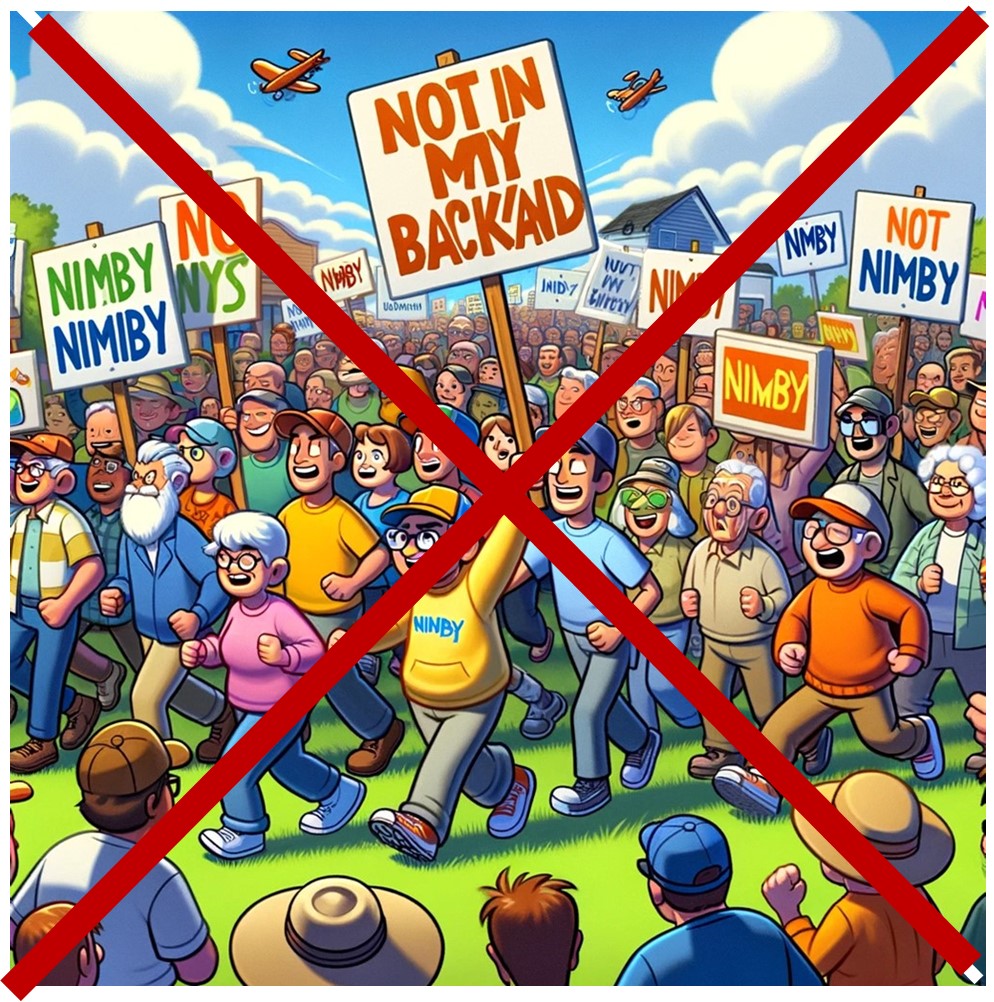By Gary Fleisher
Affordable housing is a critical issue that continues to plague the United States. It’s a complex and multifaceted problem with no easy solutions, affecting millions of individuals and families across the nation. There are various factors contributing to the affordable housing crisis that need to be addressed by shedding light on the challenges that policymakers, communities, and individuals face in creating affordable housing.

Supply and Demand Imbalance:
One of the most glaring issues contributing to the affordable housing crisis is the significant gap between the supply of affordable housing units and the demand for them. This problem is especially acute in urban areas with robust job markets, where soaring demand has led to skyrocketing housing prices. As a result, lower-income individuals and families often struggle to find housing that fits their budgets.

Rising Construction Costs:
The cost of constructing new housing has been on the rise for years, driven by increasing prices of construction materials, labor, and land. These escalating costs can dissuade developers from building affordable housing units, as they may not be financially feasible. Consequently, the construction of affordable housing becomes a challenging endeavor.
Zoning and Land Use Regulations:
In many regions, zoning laws and land use regulations impose restrictions on the types of housing that can be built and where it can be located. These regulations often drive up costs and slow down the development process. The result is a significant hindrance to the creation of affordable housing.

NIMBYism (Not In My Backyard):
Local residents and community groups often oppose affordable housing projects proposed in their neighborhoods, citing concerns about property values, neighborhood character, and infrastructure strain. This NIMBYism can lead to prolonged approval processes, legal battles, or even the rejection of projects, making it challenging to establish affordable housing options in specific areas.
Lack of Government Investment:
Over the years, the federal government has reduced funding for affordable housing programs. While programs like Section 8 and Low-Income Housing Tax Credits exist, they often fall short of meeting the ever-growing demand for affordable housing. This lack of investment perpetuates the crisis.
Gentrification:
In some urban areas, gentrification has become a double-edged sword. While it brings revitalization and economic development, it can also displace low-income residents as property values rise and neighborhoods transform. Gentrification can worsen the shortage of affordable housing options.

Economic Factors:
Stagnant wages and income inequality have made housing increasingly unaffordable for many Americans. Even moderately priced housing can be out of reach for those without adequate income, perpetuating the cycle of unaffordability.

Homelessness and Housing Insecurity:
The shortage of affordable housing has contributed to a rise in homelessness and housing insecurity in various parts of the country. This creates a significant social challenge and places a heavier burden on public services and nonprofits working to combat homelessness.
Political and Policy Challenges:
Affordable housing policies vary significantly from state to state and locality to locality. This lack of coordination and consistency at the national level hinders efforts to address the crisis. Political polarization can also impede the development of effective policies.
Racial and Social Disparities:
Access to affordable housing is fraught with racial and social disparities. Communities of color and marginalized populations are disproportionately affected by the lack of affordable options, exacerbating existing inequalities.
Efforts to address the affordable housing crisis in the United States are ongoing and vary across different states and municipalities. While progress has been made in some areas, this remains a deeply complex issue that demands coordinated efforts at the federal, state, and local levels.
Additionally, the involvement of the private sector and nonprofit organizations is crucial in finding innovative solutions to ensure that affordable housing becomes a reality for all Americans.
Solving the affordable housing crisis will require a multi-pronged approach, with a shared commitment to creating a more equitable and affordable future for all.
.



